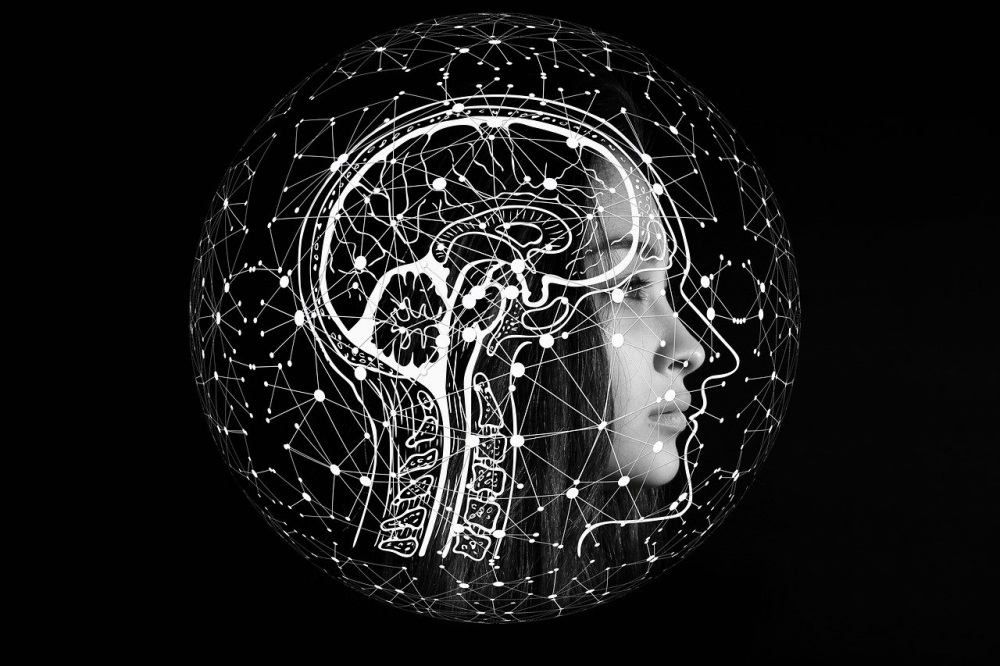

A researcher from USP, Nina Hirata spoke during FAPESP Week France about deep learning techniques that make the machine training process more autonomous and open the way for applications of artificial intelligence in areas such as public safety, medicine, astronomy, and marine biology (image: Gerd Altmann / Pixabay)
A researcher from USP, Nina Hirata spoke during FAPESP Week France about deep learning techniques that make the machine training process more autonomous and open the way for applications of artificial intelligence in areas such as public safety, medicine, astronomy, and marine biology.
A researcher from USP, Nina Hirata spoke during FAPESP Week France about deep learning techniques that make the machine training process more autonomous and open the way for applications of artificial intelligence in areas such as public safety, medicine, astronomy, and marine biology.

A researcher from USP, Nina Hirata spoke during FAPESP Week France about deep learning techniques that make the machine training process more autonomous and open the way for applications of artificial intelligence in areas such as public safety, medicine, astronomy, and marine biology (image: Gerd Altmann / Pixabay)
By Maria Fernanda Ziegler, from Lyon | Agência FAPESP – The advances in deep learning techniques – a branch of machine learning that seeks to train machines to learn on their own through pattern recognition and, thus, act and interpret data more naturally – have enabled important innovations based on image analysis, such as facial recognition, the identification of celestial bodies, and systems capable of describing the content of a photo.
“Common tasks in image analysis problems, such as classification, object recognition, segmentation [precise delineation of the outline of objects], and content interpretation, can be tackled using machine learning techniques and, especially in the last few years, deep learning techniques,” said Nina Hirata, a researcher at the Institute of Mathematics and Statistics of the University of São Paulo (IME-USP), in a lecture given November 21st during FAPESP Week France.
As the researcher explained, deep learning involves techniques that enable an image to be processed directly, without a human needing to describe the characteristics of the image during the machine training.
“Before these, very specific algorithms had to be written to extract information on characteristics of the image. Every case was unique. The process was highly manual. Today, with deep learning, this task has become much easier, which enables us to focus on higher-level tasks. For example, in the case of biomedical images, instead of exerting effort segmenting and extracting characteristics of individual cells in a tissue, we can channel the effort into comparing tissues,” said Hirata.
But, she added, despite the various positive aspects of this technology, there are also various challenges to be overcome. “Deep learning is a sort of black box: it is very hard to explain why it is working or why it sometimes stops working,” said Hirata.
Interdisciplinary
The researcher from USP is currently working on a project focused on understanding images and deep learning models. Another aim of the research is to test the application of these models in different areas of science, such as the recognition of plankton species and the identification of celestial bodies in images captured using telescopes. She also cited other projects underway at the institute, one of which aims to measure how green a city is based on data from Google Street View.
“In my experience, I have perceived that there is difficulty in communication between researchers from different areas, a barrier that makes multidisciplinary collaborations difficult. But that needs to change, as it is currently almost impossible to carry out research without being supported by data and computing science,” she said.
For Hirata, researchers from other areas need to understand how to formulate computational problems and, at the same time, the students from the area of computing need to be trained to deal more directly with real problems.
The FAPESP Week France symposium took place between November 21st and 27th, thanks to a partnership between FAPESP and the Universities of Lyon and Paris, both in France. Read other news about the event at www.fapesp.br/week2019/france/.
Republish
The Agency FAPESP licenses news via Creative Commons (CC-BY-NC-ND) so that they can be republished free of charge and in a simple way by other digital or printed vehicles. Agência FAPESP must be credited as the source of the content being republished and the name of the reporter (if any) must be attributed. Using the HMTL button below allows compliance with these rules, detailed in Digital Republishing Policy FAPESP.




